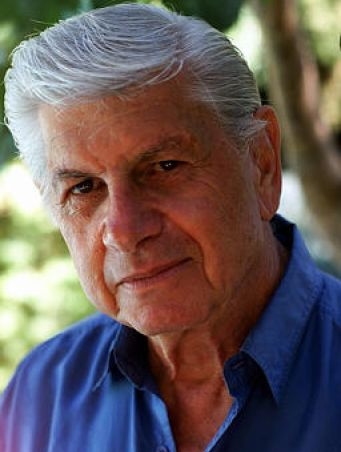
Classic Tracks - Page 6
Ronnie’s memory of the “Be My Baby” sessions corresponded with Levine’s observation. Standing behind a big music stand, the future Mrs. Spector would sing into a Neumann U47 and then, after completing a take, peer through the control room window in order to gauge the reactions of both producer and engineer.
“If they were looking down and fooling with the knobs, I’d know I had to do it again,” she recalled. “But if I saw they were laughing and yelling ‘All right!’ or ‘Damn, that little girl can really sing!’ I’d know we had a take. Since my appraoch to each song was completely up to me, watching Phil and Larry react afterward was the only real feedback I ever got.”
Next on the agenda were the backing vocals, and according to Ronnie these comprised the most fun on the entire session because everyone was invited to join in.
“If you were standing around and could carry a tune, you were a background singer in Phil’s wall of sound,” she wrote. “And everybody Phil knew seemed to show up the day we did backgrounds for ‘Be My Baby’. Darlene Love was there, and we had Fanita James from the Blossoms, Bobby Sheen from Bob B. Soxx and the Blue Jeans, Nino Tempo, Sonny Bono – who was Phil’s gofer in those days – and Sonny’s girlfriend, who was a gawky teenager named Cher.”
Gawky, perhaps, but her vocal traits were already in place.
“We’d have to keep backing Cher up because her voice came through stronger than any of the others,” Levine states.
Meanwhile, also of note is the fact that the “Be My Baby” sessions represented the first occasion on which Phil Spector utilised a full orchestra string section at Gold Star.
“I love those strings, particularly at the end,” Levine remarks. “They made me cry when I was mixing… I was always mixing for Phil’s ears before we got to the final mix. You know, a lot of times when you’ve recorded something you can just sit back and play it for the producer, but that was never the case with Phil. When I played something back for him I also had to be mixing it, and that was a lot of work.
“Still, the final mix of the rhythm track, the strings and the voices was great fun, and I really approved of how we did it. Phil would leave the room and I would mix until I had something I liked, and then I’d call him back in and play it for him and he would critique it: ‘The strings should come up here,’ or ‘They should come in there,’ and then he’d leave again. I would mix according to those criteria, and when I had what I felt was good I’d call him in, we’d repeat the whole process, and what we’d achieve out of that was that I’d be able to mix without someone looking over my shoulder. I was mixing what I wanted to hear rather than what I thought somebody else wanted to hear, and then everytime Phil listened it would be with clean ears. That was a great way to mix.”
Nevertheless, given the aforementioned mass lineup of musicians, was the “Wall of Sound” actually in the room when the track was being performed?
“Yeah, but you wouldn’t have heard it if you walked in while we were recording it,” comes the reply. “You see, whenever someone came into the control room, to impress them Phil would immediately raise the level of the monitors. Of course, we’d been listening for hours, so our ears would kind of re-tune to handle that, but I know that for people who came in at that level all they’d hear was a roar. That was until they were in there for a period of time. Then their ears would adjust and at that point they’d hear the ‘Wall’. For me, it was amazing to hear things from the outset, starting with the guitars and gradually building up to the ‘Wall of Sound’. That was a unique experience.”
<< 1 - 2 - 3 - 4 - 5 - 6 - 7 >>
Webmaster: Jos Megroedt | Website: http://www.josmegroedt.com/ |
This site is hosted by: http://www.hostingphotography.com/

